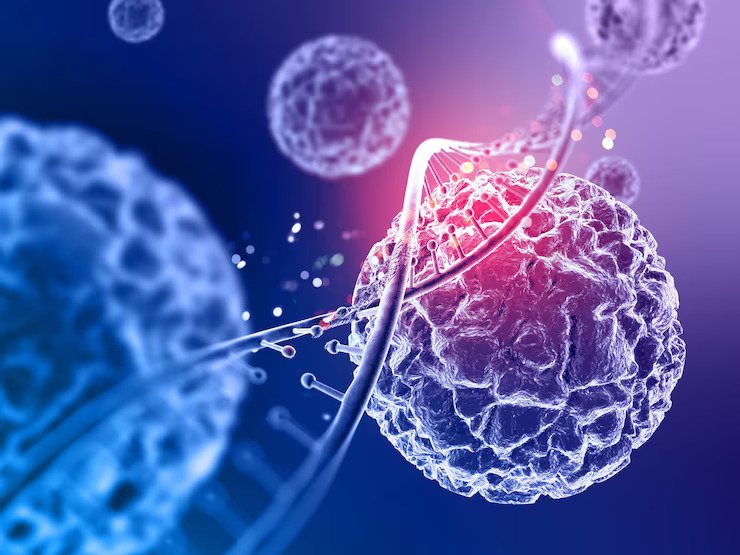The mRNA history dates way back to 1961. This is when Brenner and his colleagues discovered and described the presence of unstable molecules, which copies information the DNA encodes, and then direct it to RNA.
Brenner’s colleagues worked with some virus-infected cells as well as analyzed the expression of genes. The team also concluded that protein-encoding information is absent in ribosomal RNA.
Rather than that, transient RNA molecules serve as transcripts of genetic codes. This kind of RNA is called mRNA (messenger RNA).
The rise of mRNA has enabled researchers to use it in various applications. Some of these applications include the following:
1. Protein Replacement
Most diseases affecting humans are often caused by the absence of specific proteins or a reduction in their functions. Therapeutic delivery of the mRNA-encoding impacted proteins may bolster or restore function to a healthy level.
This technique provides benefits compared to traditional protein therapy. That includes natively processed protein and treatment longevity.
Although protein therapy replaces all the secreted proteins, mRNA therapy replaces trans-membrane and intracellular proteins. This, in turn, broadens the spectrum of illnesses, which can get treated.
2. Cardiovascular Applications
A certain group of scientists has shared data on CAR-T cell therapy and mRNA in treating cardiac fibrosis.
Not many years ago, AstraZeneca announced and shared results from a Phase 2a study that involves injected mRNA into a patient’s heart undergoing a coronary artery bypass surgery.
3. Gene Therapy
This is a treatment strategy used to treat diseased cells. But conventional gene therapies may pose a risk. A study that Associate Professors carried out involved using a polymer micelle DDS (drug delivery system) to develop an mRNA delivery system.
Using mRNAs for this therapy, the researchers managed to induce tissue regeneration of the olfactory nerve fibers. This, in turn, paved the way for the use of mRNA as part of mRNA-based gene therapy for neurological disorders.
4. Treatment For Infectious Illnesses
Before, vaccines used protein fragments to train immune systems to fight viruses, which show the same proteins. But manufacturing those fragments used to take several months, making it a great challenge amidst a pandemic.
On the other hand, mRNA vaccines can encode these fragments of proteins into a stand of mRNA, then depend on a cellular mechanism to produce proteins. This reduced the manufacturing time to a couple of days or weeks.
5. Cancer Immunotherapy And Immunology
Your immune system consists of lymphoid lineage and myeloid components, like macrophages and lymphocytes, which are specialized in generating an immune response against any foreign structures in a host, including cancerous cells.
The inflammatory signaling cascade gets initiated when tumor cells encounter an innate or weak immune system. This, in turn, stimulates the induction of natural killer cell activity, immunostimulatory cytokine secretion, and dendritic cell maturation.
Final Remarks!
The production of mRNA vaccines will continue even in the future, spurred by the vaccines’ success against SAR-CoV-2. Further advancements in technological advancement may reduce the existing limitations as well as create a multivalent vaccine deliverable in an LNP.
So new strategies should be tested for incorporating every self-amplifying mRNA that amplifies RNA and encodes replication machinery, allowing the expression of vaccine antigens.
Read Also:




























